Purchased for £50,000 in 1883
Please note that this text is an extract from a reference work written in 1990. As a result, some of the content may not reflect recent research, changes and events.
a) HISTORY and DESCRIPTION: The corporation’s first public park was purchased as 67 acres of meadow land from the Bennett-Stanford family of Preston Manor in September 1883. The cost of £50,000 was taken from the 1879 bequest of £70,000 by bookmaker William Davies, who is commemorated on the pylon at the north-western entrance, but the council had previously rejected the purchase in September 1876 on the grounds of economy, when the asking price was only £30,0000.
The new park was informally opened to the public on 10 September 1883, but it was only after £22,900 had been spent on landscaping the area with trees, flower-beds, carriage drives, walks, tennis-courts and bowling-greens that it was formally opened by the mayor, Arthur Cox, on 8 November 1884. The main entrance at the southern end had a pair of handsome gates and a memorial drinking fountain, while other gates in the tall perimeter fencing were provided at Lovers Walk, and at the north-western and north-eastern corners. The chalet cafe in the centre of the park was opened in 1887, and housed the park police in the upper rooms.
In 1928 the park was substantially remodelled. The tall, unsightly railings and the southern entrance lodge were removed, the euonymus and other shrubs were uprooted, and more tennis-courts, bowling-greens and pavilions were provided at the southern end. The new entrances, with balustered walls and dolphin lamp-standards, were designed a little later in the 1930s.
Preston Park , covering an area of 63 acres, remains the corporation’s first and largest ornamental public park. It has been the scene of many festivals, tournaments, displays and fetes since it opened, and has numerous football pitches, tennis-courts, bowling-greens, netball-courts, etc.
An attractive rose-walk between the tennis-courts leads through the bowling-greens to a rose garden at the southern end of the park, containing a fountain and ornamental stepping-stones. Adjacent is the Rotunda Cafe, purchased in 1929 from the 1924 Wembley Exhibition, while the nearby southern entrance pylon commemorates the Roman villa at Preston (see “Preston Road”) and the former manor of Radynden (see “Manors”). Opposite Preston Road stands the statue, unveiled in May 1987, of the Brighton-born athlete and 1980 Olympic 800-metre champion Steve Ovett, who was brought up nearby at 8 Harrington Villas and attended VarndeanGrammar School for Boys. Since the 1950s the flower-beds alongside Preston Road have been used as competitive ‘Gardens of Greeting’ with each bed designed by another town’s parks department; they present a colourful floral welcome to the town’s visitors every summer.
Any numerical cross-references in the text above refer to resources in the Sources and Bibliography section of the Encyclopaedia of Brighton by Tim Carder.
The following resource(s) is quoted as a general source for the information above: {24,115,124,126,311}
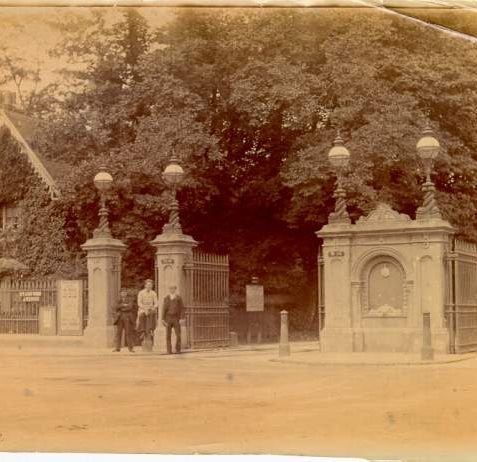

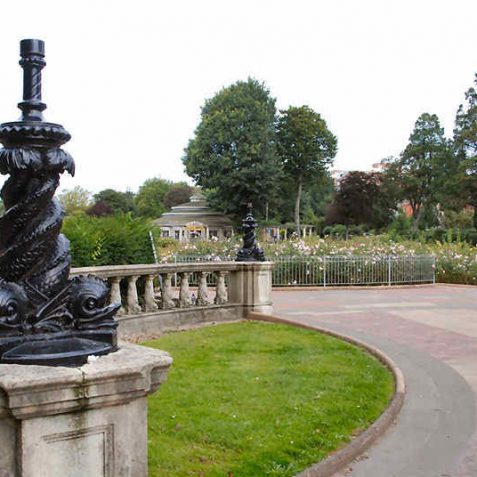
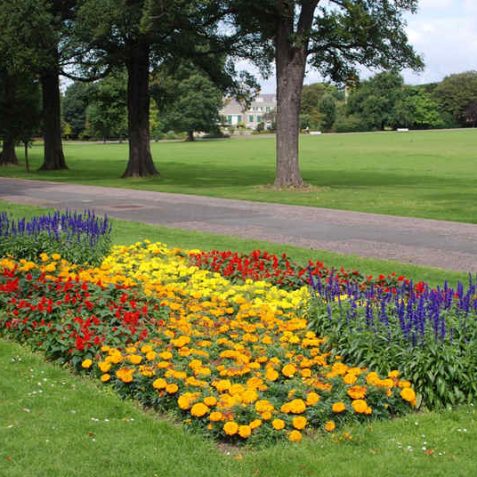
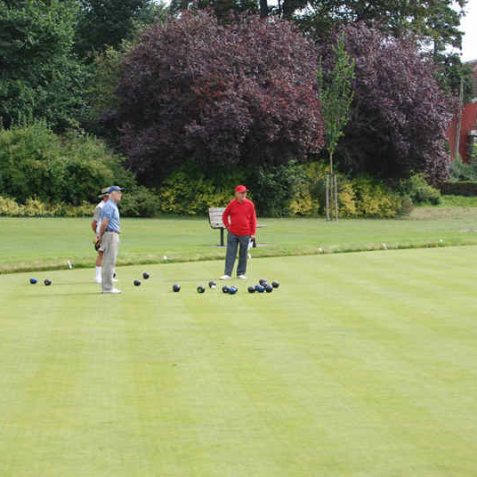
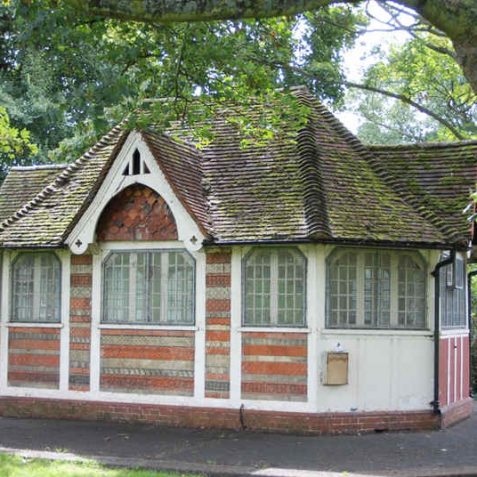
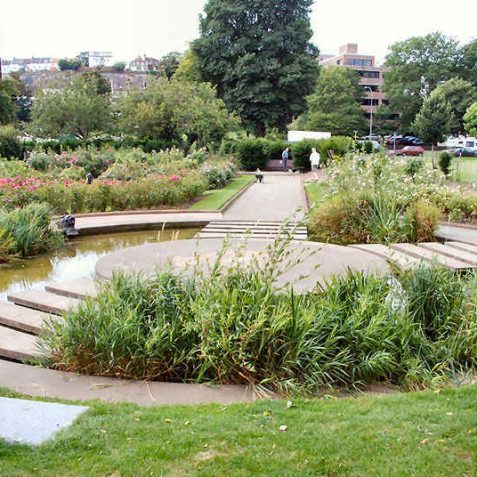
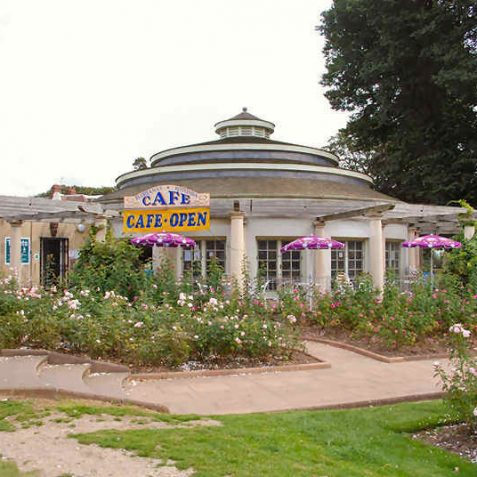


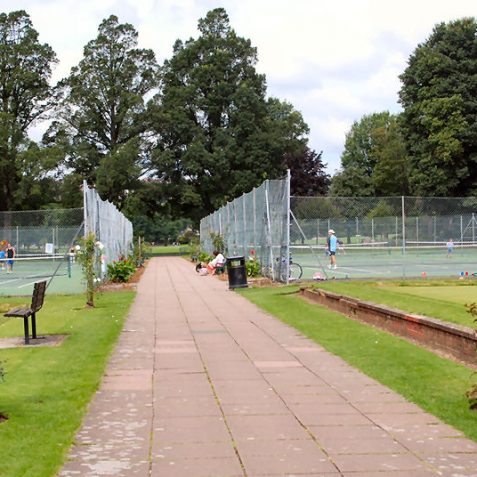
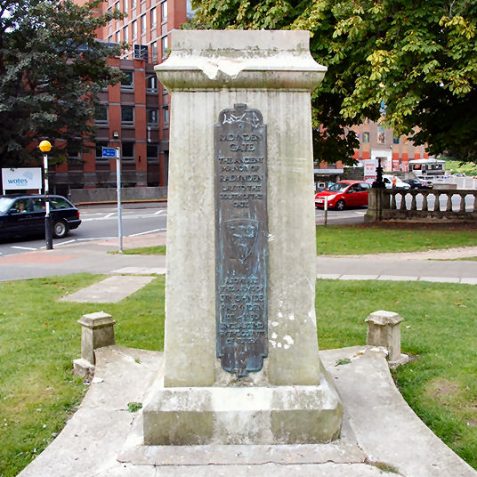




Comments about this page
What was the original purpose of this Chalet? Could you please let me know, many thanks.
I used to work in the park in the mid 1960s but remember the drinking fountain from my childhood when the metal cup on a chain was still in situ although my Mum would never let me drink from it, can’t imagine why not. My recollection was that it was taller and more ornate – perhaps it got damaged at some time. The building behind was used then to store the football goal post and lime for marking the pitches. Les Little was the Foreman of the park at that time and I remember him telling me about Captain Maclaren who was the man behind construction of the Rockery as he had worked for him, I imagine before the War. I could write a book with my memories of working for Brighton Parks Department in the 60s- come to think of though its probably best that I don’t.
Wish you would write that book even if it’s a little one! – most real life stories are interesting and there are so many of us who love to hear stories about where we live…
Add a comment about this page